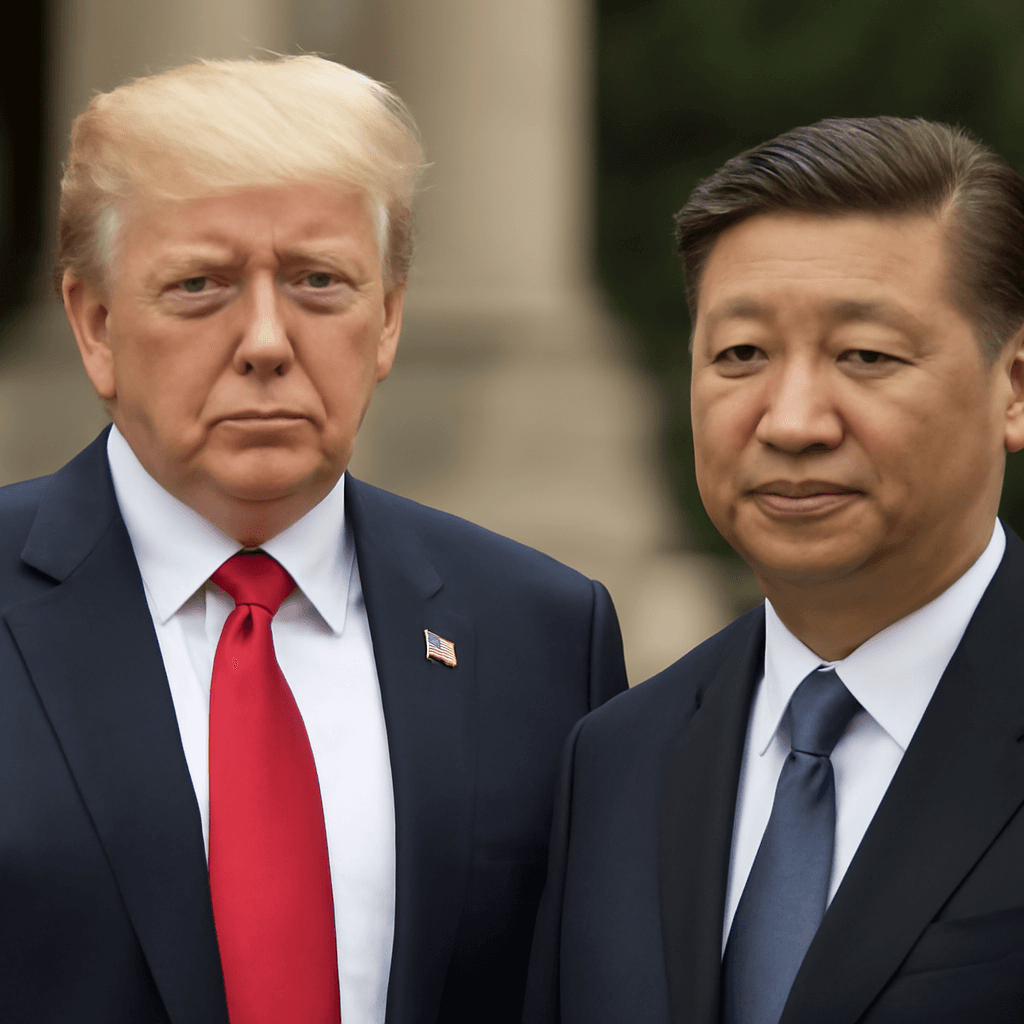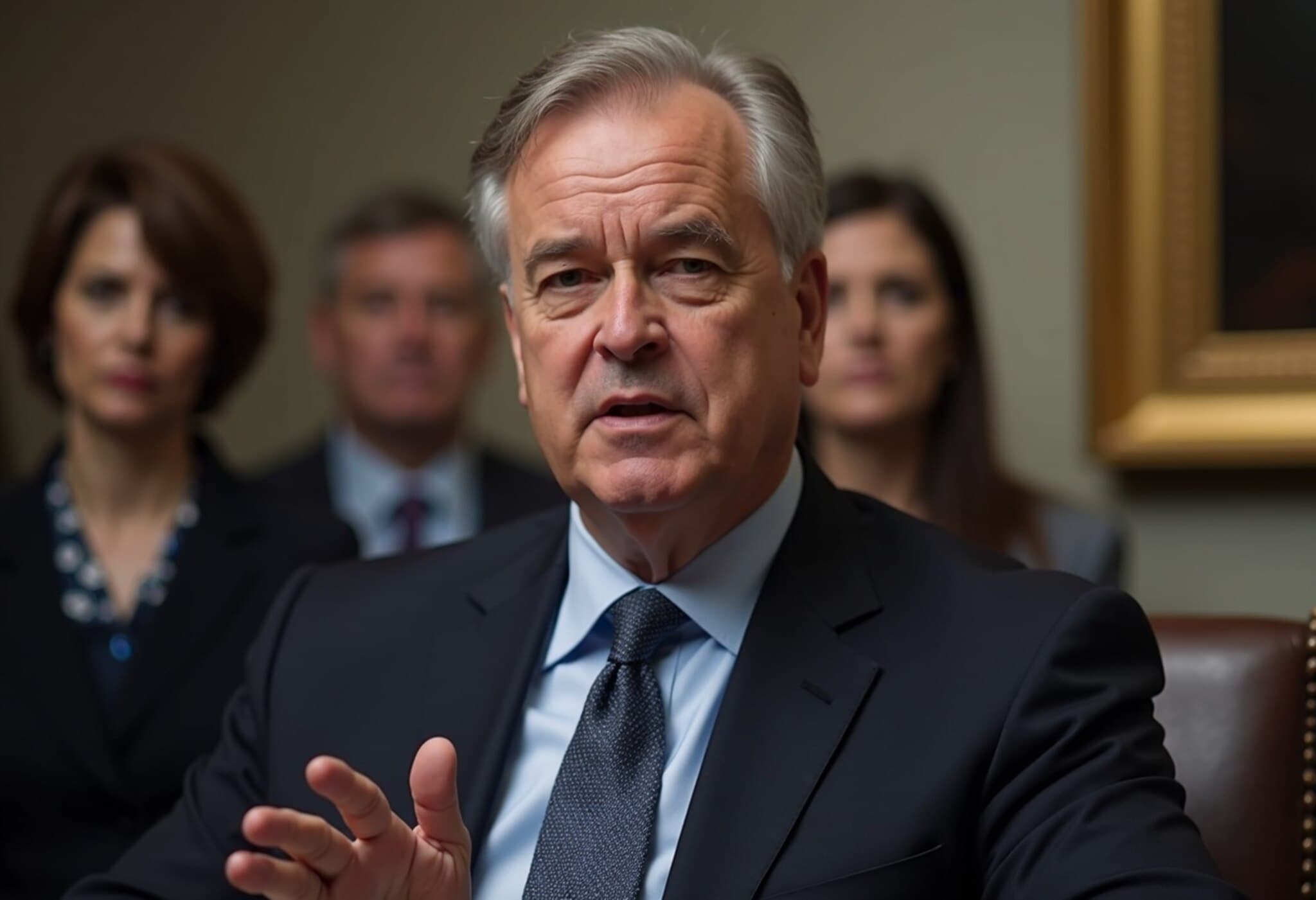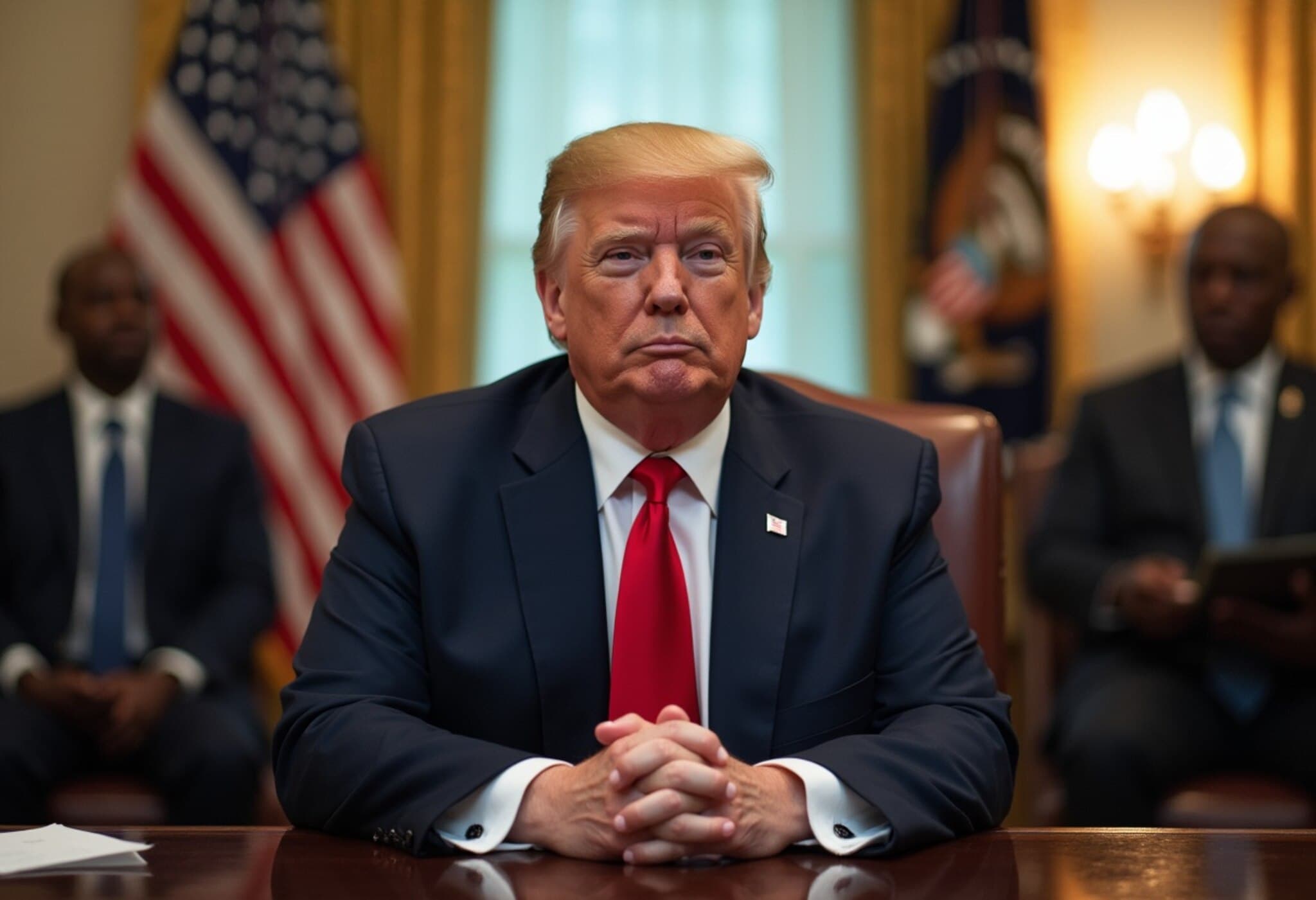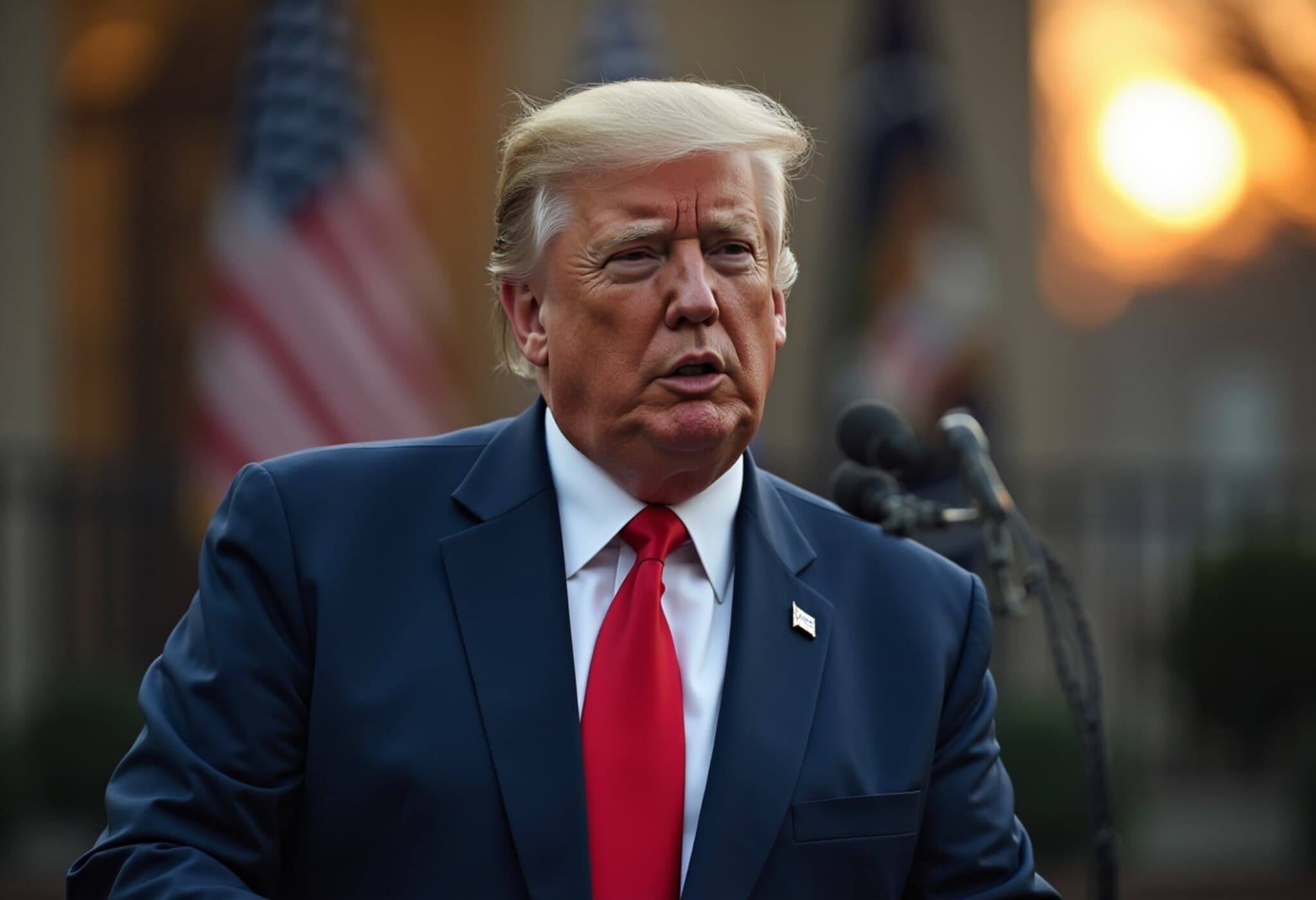US Launches Ambitious $1 Billion Investment to Secure Critical Minerals Supply Chains
In a strategic move aimed at fortifying America’s leadership in essential technologies, the Biden administration announced a sweeping proposal to inject nearly $1 billion in funding towards expanding and modernizing the nation’s critical minerals and materials sectors. These materials serve as the backbone for an array of vital industries, including electric vehicle batteries, semiconductors, and renewable energy technologies.
Reducing Dependence on Foreign Supply Chains
The United States has long grappled with reliance on foreign competitors, particularly China, which controls a significant share of the global market for critical minerals processing and manufacturing. Energy Secretary Chris Wright underscored the urgency, stating, “For too long, the United States has depended on foreign actors for critical materials essential to modern life and national security.” By spurring domestic innovation and production, the administration aims to enhance economic resilience and safeguard strategic supply lines amid escalating geopolitical tensions.
Funding Breakdown and Strategic Priorities
The Department of Energy’s Office of Manufacturing and Energy Supply Chains (MESC) plans to dedicate up to $500 million to scale up domestic processing of critical minerals, battery manufacturing, and recycling capabilities. Meanwhile, approximately $135 million will be targeted to develop the rare earth elements supply chain—focusing on commercially viable methods to extract and recycle these minerals from mining waste, a critical step to reducing environmental impacts and enhancing efficiency.
Additional investments include:
- $250 million from the Office of Fossil Energy and Carbon Management to support plants, including coal facilities, that can repurpose industrial byproducts into critical minerals.
- $50 million for refining and alloying rare earth magnet components such as gallium, germanium, and silicon carbide, integral to semiconductor manufacturing.
Contextualizing the Initiative Within a Broader Energy Strategy
This funding initiative is coherent with the executive priorities aimed at maximizing energy development while bolstering national security and technological innovation. The emphasis on developing indigenous capacity also reflects lessons from recent supply chain disruptions and the growing recognition of critical minerals’ strategic importance in the defining technologies of the 21st century.
Experts note that while the investment heralds a decisive step forward, challenges remain in balancing environmental stewardship with the expansion of mining and processing activities. Moreover, fostering public-private partnerships and streamlining regulatory frameworks will be crucial to transforming these funds into tangible outcomes.
Why It Matters: Economic and National Security Implications
The United States’ push to reclaim a foothold in critical minerals mining and processing is not merely an economic venture — it’s a matter of national security. Control over these materials underpins military technologies, clean energy transitions, and the competitiveness of high-tech industries globally.
By investing strategically, the U.S. positions itself to reduce vulnerabilities exposed by past disruptions and assert leadership in future-critical technologies.
Looking Ahead
As this $1 billion funding initiative rolls out, stakeholders across industry, government, and environmental sectors will be watching closely to assess its effectiveness in jumpstarting domestic production and innovation. Its success will depend not only on financial resources but also on thoughtful policy design, community engagement, and technological breakthroughs.
Editor’s Note
This ambitious federal funding proposal shines a light on the intricate dance between economic opportunity, national security, and environmental responsibility. While ramping up critical minerals production is vital for America’s technological future, the path forward must carefully navigate regulatory hurdles and sustainability concerns. Readers are encouraged to consider how such federal initiatives can shape the balance of global power and domestic prosperity in an interconnected world.



















